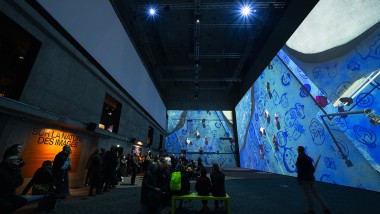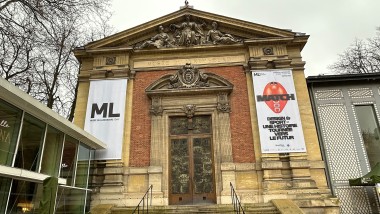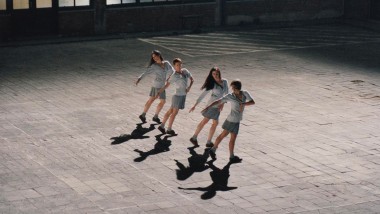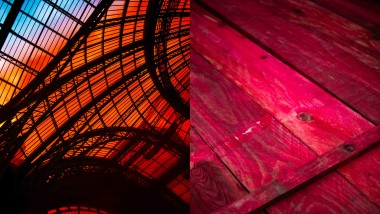
New Realism
A movement at the centre of post-war society
A leading movement of the post-war French art scene, New Realism, as a movement, was concentrated in a decade which saw the formation of a group and the expression of collective initiatives. This extremely intense and vibrant period was rapidly followed by the establishment of personal directions.
From the end of the 1950s to the middle of the 1960s, this movement was part of the general movement of revival in artistic languages (“nouveau roman”, “nouvelle vague”, “neo-Dada”, etc.) closely related to the development of the post-war world. Society at that time was marked by the growing influence of the American cultural model: New York became, after Paris, the new global artistic centre, and as a result of the spectacular growth in industrial production: it was the arrival of a triumphant consumer society which deeply transformed the face of everyday life (the advertising aesthetic, an excess of images and a proliferation of new materials).
Very diverse methods, a shared theoretical vision
Historically, the movement founded on 27th October, 1960, with the Constitutive Declaration of New Realism, orchestrated by the critic Restany. With this he united under the same banner artists whose works stemmed, according to him, from “new perspective approaches to reality”.
Nevertheless, the declaration’s signatories – Klein, Raysse, Arman, Dufrêne, Villeglé, Hains, Spoerri, Tinguely and Restany himself, who would later be joined by Deschamps, Niki de Saint-Phalle, Rotella and Christo – were mainly characterized by the justified claim to a “collective singularity”.
Deliberately named by the art critic, the representatives of New Realism particularly shared a general attitude of appropriation of reality, referred to by Restany as “poetic recycling of urban, industrial and advertising reality”. They incorporated elements of everyday life into their works: fences, barrels, plastic objects, rubbish, cars or traffic signs, etc.)
Their artistic method varied greatly: Compressions by César, Accumulations by Arman, scraped and slashed posters by Hains and Villeglé, Assemblages of ordinary plastic items by Raysse, Trap-Pictures by Spoerri, sculptures that self-destruct by Tinguely, Shootings by Niki de Saint Phalle, packaging by Christo, etc. Direct descendents of Dada (they also exhibited in Paris in 1961 under the title 40° above Dada), the New Realists resumed the sampling aesthetic initiated by Duchamp’s ready-mades while giving it a poetic and sociological dimension that Restany simultaneously emphasized with his theoretical contribution.


Design goes the extra mile for sport! The trailer for the next exhibition at the Musée du Luxembourg
Article - 11 March 2024
‘Rosas Danst Rosas', A contemporary dance by Anne Teresa De Keersmaeker in response to Stein
Article - 24 January 2024

